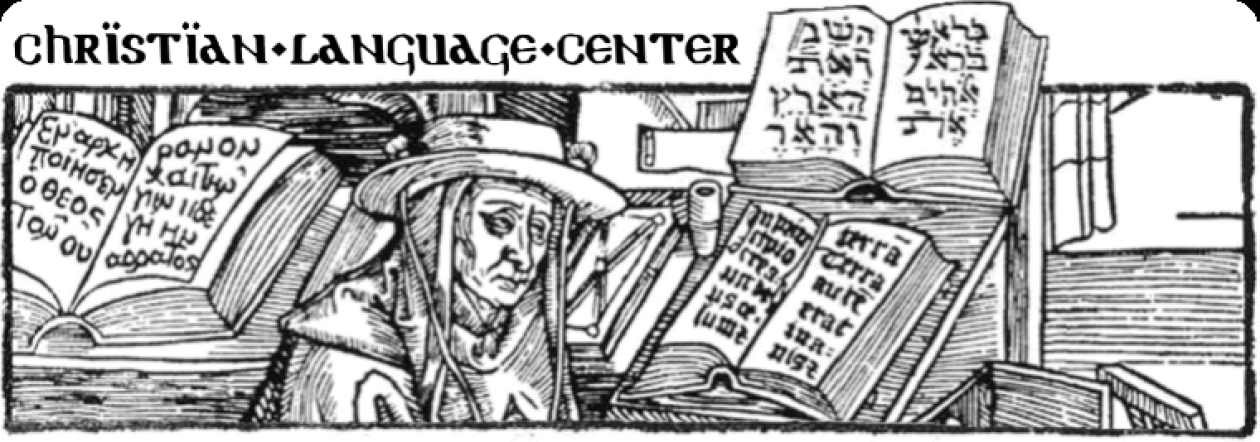Titulus Crucis
In the summer of 2007, Amy and I left my students behind as we wandered the streets of Rome to find the church of Santa Croce in Gerusalemme. A little worn out from our quest, on the outskirts of the eternal city we finally found this hidden gem with one purpose in mind: to see the titulus crucis, the placard that Pilate had inscribed and placed above Jesus on the cross. As Luke said in his gospel: “And an inscription also was written over Him in letters of Greek, Latin, and Hebrew: THIS IS THE KING OF THE JEWS” (23:38).
These three languages proclaimed to the world the true identity of Jesus Christ, King of Kings and Lord of Lords: Hebrew, the language of Israel, because He came to fulfill the Law and the Prophets; Greek, because He was the author of wisdom and truth, which flourished with the Greeks; and Latin, the language of the Romans, because He came with power to redeem the world.
Throughout the history of the Church, these have been the three Christian languages. St. Augustine said that “these three tongues were eminent above all others.” In the 6th century Isidore called these the three “sacred languages”: Tres sunt autem linguae sacrae: Hebraea, Graeca, Latina, quae toto orbe maxime excellent. The apostle Paul and Christ knew these languages. Martin Luther and John Calvin knew them, as well. These are the languages by which God spoke to the world through the scriptures and the Church.
For these reasons, the Christian Language Center promotes the study of these languages for all Christians from the elementary school level and up. These are not languages reserved only for professional pastors and preachers, because all Christian fathers are pastors in their own homes, and all Christians are priests before Christ with direct access though Him to the throne of grace. Therefore, all Christian children should be trained in these languages; it is their heritage.

